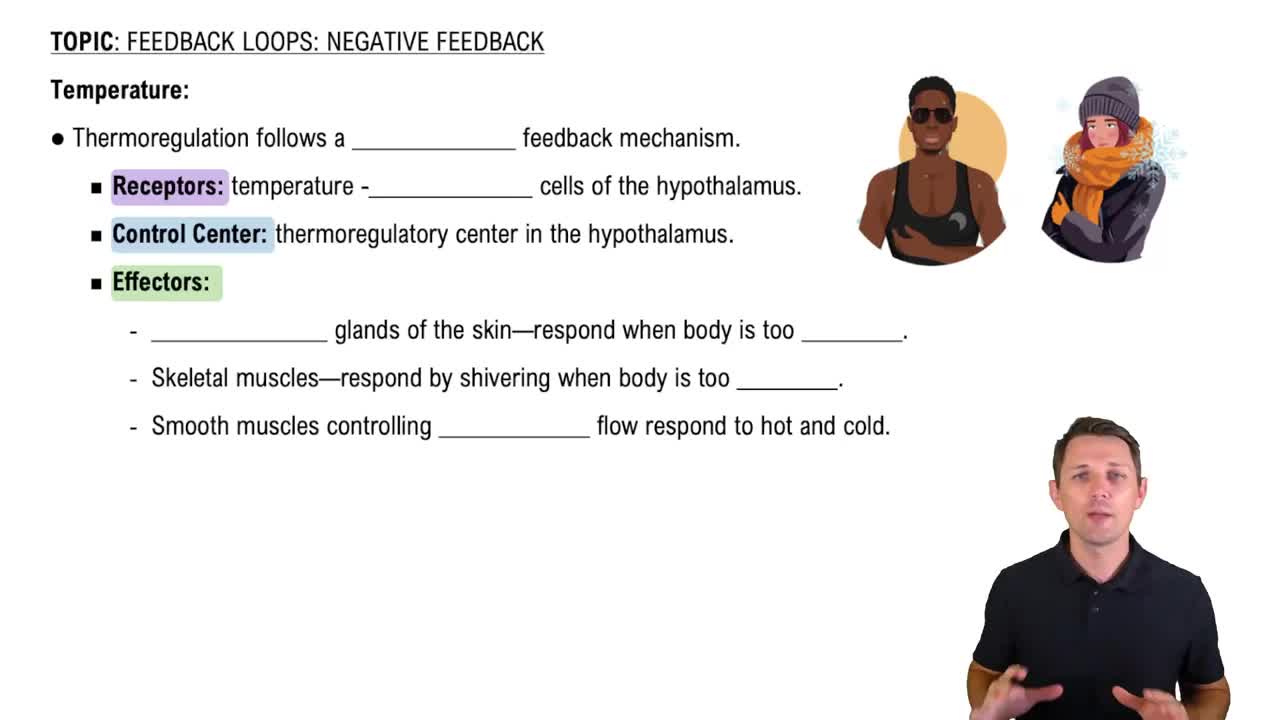Textbook Question
If an enzyme in solution is saturated with substrate, the most effective way to obtain a faster yield of products is toa. add more of the enzyme.b. heat the solution to 90°C.c. add more substrate.d. add a noncompetitive inhibitor.
2699
views







